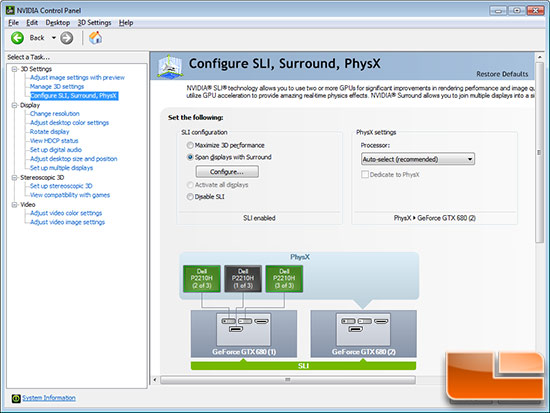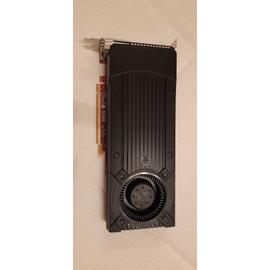


2, the GTX 680 was strongly ahead at 1,920 by 1,200 (143fps versus 131fps), but the two cards tied at 2,560 by 1,600 (each made 94fps). Predator (at 1,920 by 1,200 and 2,560 by 1,600 respectively) Nvidia’s model managed 52fps and 31.7fps in the same runs. The latter attained 59.2fps and 37.4fps in Aliens vs. It turned in the highest single-GPU results we’ve seen on a number of our tests, when compared with the previous champ, the AMD Radeon HD 7970 : a score of 3,151 in Futuremark 3DMark 11 (the AMD 7970 earned 2,754) 92.9 frames per second (fps) and 64.2fps in DiRT 3, at 1,920 by 1,200 and 2,560 by 1,600, respectively (the AMD 7970 manage 81.2fps and 57.5, respectively, at the same resolutions), 70.3fps and 50.7fps in Lost Planet 2, versus 54.9fps and 41.3fps for the AMD 7970 (again at the same resolutions) and 41.1fps and 23.6fps in Total War: Shogun 2, compared with 31fps and 18.1fps for the AMD 7970.īut the GTX 680 was not an all-around leader-sometimes the AMD 7970 trumped it. Of course, what really counts with a video card is its performance, and there the GTX 680 doesn’t disappoint. This orientation reduced clutter in our test system somewhat, but it made our PCIe power plugs a bit more difficult to remove this is an interesting idea that we’re not yet totally sold on. Even more surprising is that they’re stacked, rotated 180 degrees with respect to each other, along the width of the card rather than its length. Its auxiliary power connectors are also not what you’ve come to expect: Rather than one eight- and one six-pin PCI Express (PCIe) connector, it uses two six-pin connectors. The GTX 680 measures just over 10 inches in length, which is unusual given that 11-inch flagship cards are the norm. First is that the company has taken one big (and good) step backward by reducing the length of the card.

Two other design advancements are more noticeable to the naked eye. Three of these can even be configured to use 3D Vision Surround, Nvidia’s multimonitor stereoscopic 3D technology, and the fourth can be employed for more (sigh) useful purposes. The GTX 680’s ports may not look surprising (two dual-link DVI, one HDMI, one DisplayPort), but they can do something previous Nvidia cards have not: drive four monitors at once without requiring a second card. One thing hasn’t changed from previous cards: Though Nvidia claims it has redesigned the fan on the GTX 680 to reduce noise and the heat sink to improve efficiency and airflow, it still uses a huge combo unit that will block an adjacent expansion slot, so plan appropriately when you’re installing. (We’ll investigate this further in a while.)

(Nvidia claims it has seen speeds upwards of 1.1GHz.) The card’s TDP is a nontrivial 195 watts, and Nvidia recommends a 550-watt power supply at the minimum-all of this should tell you this is a card that takes its power seriously. A new technology called GPU Boost, which is similar to the Turbo Boost and Turbo Core technologies Intel and AMD have implemented in their recent processors, can dynamically crank up the clock to an average of 1,058MHz, provided it’s still operating within the proper power window-but if it can go higher, it will. The GTX 680 has a base clock speed of 1,006MHz, but that’s only part of the story. Its 2GB of GDDR5 memory runs over a 256-bit memory interface (with four 64-bit controllers). It boasts a total of 1,536 CUDA parallel processing cores, 128 texture units, and 32 ROP units. There are two SMX units per Graphics Processing Cluster (GPC) and four GPCs on the GTX 680’s 28nm GPU-in other words, this is a fully loaded video card. It utilizes a new version of the Fermi SM (or Streaming Multiprocessor) called SMX, which performs most of the calculations needed to render the graphics. Kepler builds on the Fermi architecture Nvidia introduced in 2010, when it released its GeForce GTX 480.


 0 kommentar(er)
0 kommentar(er)
